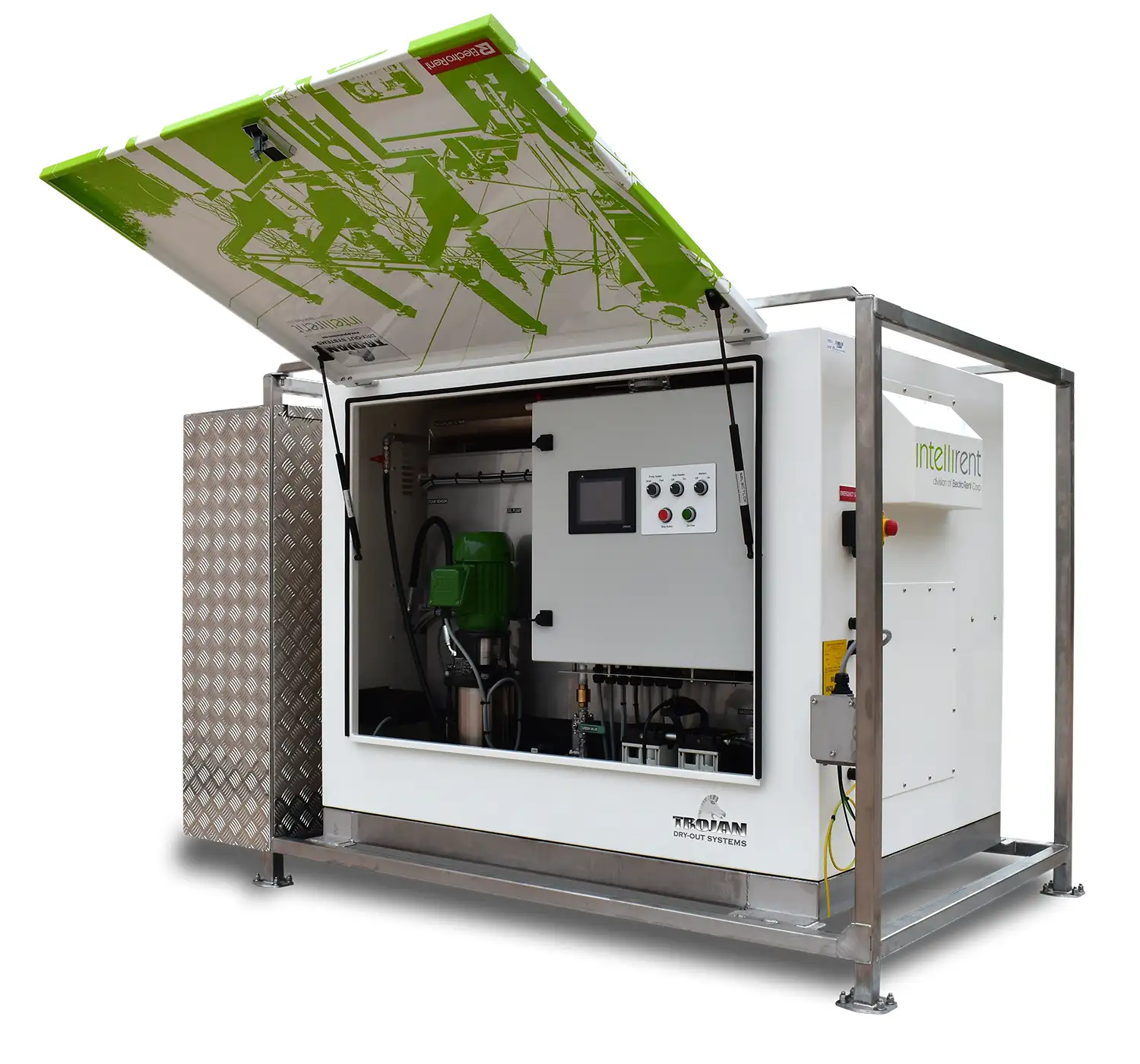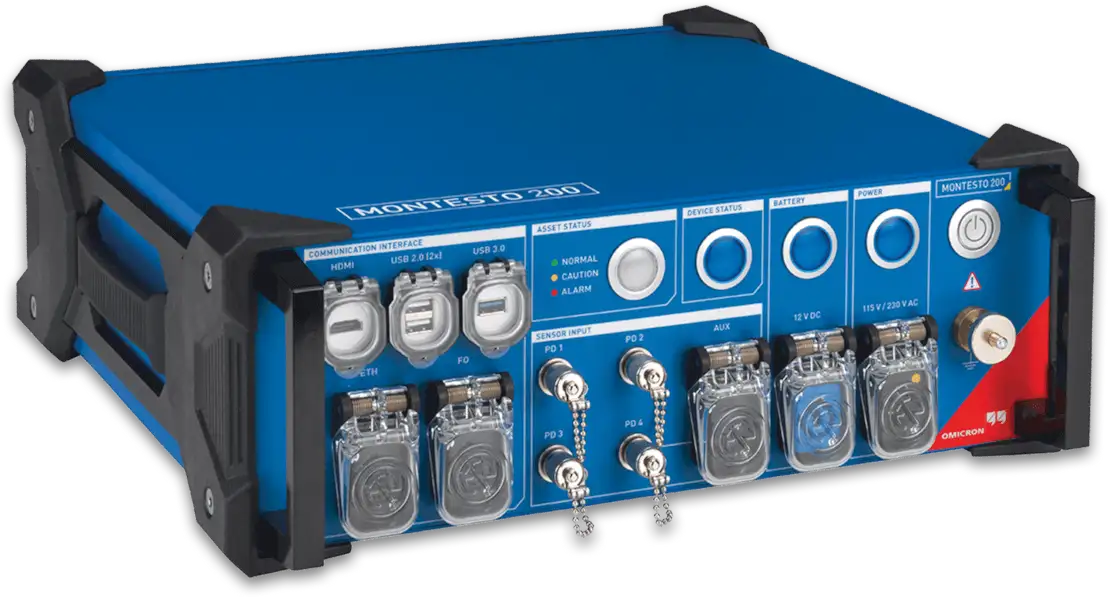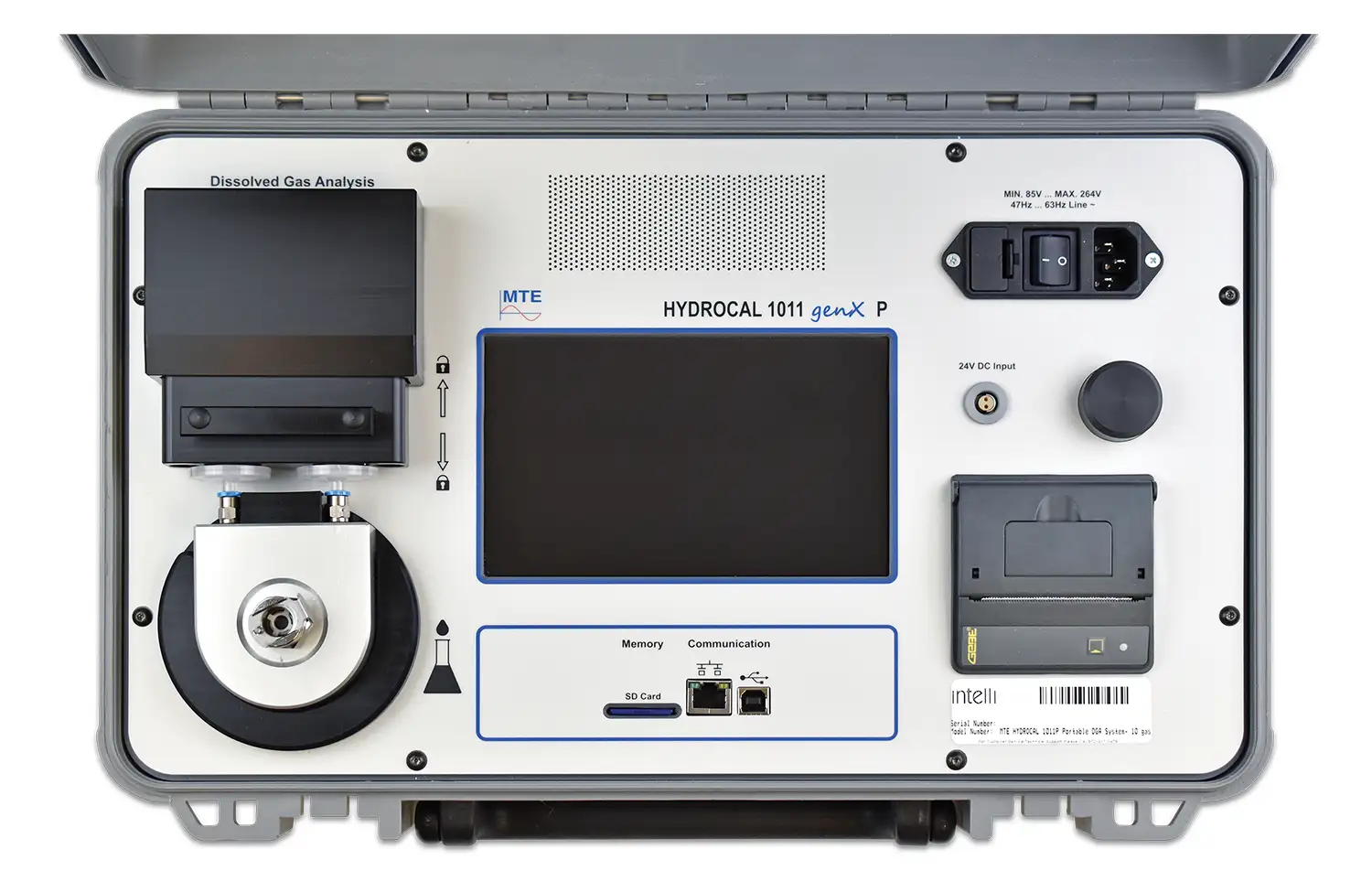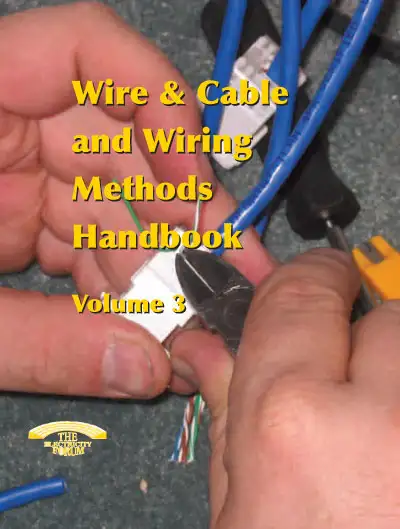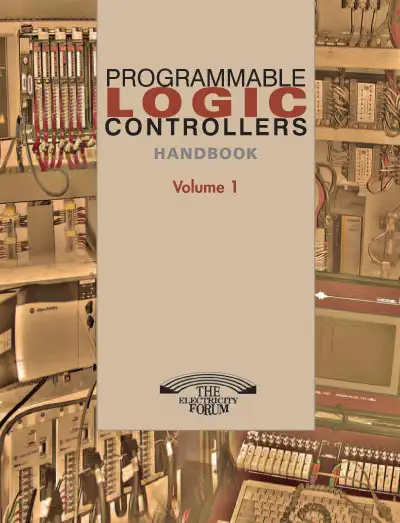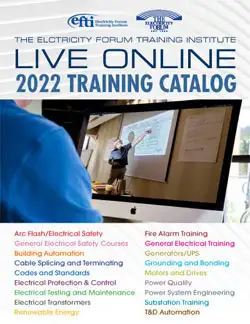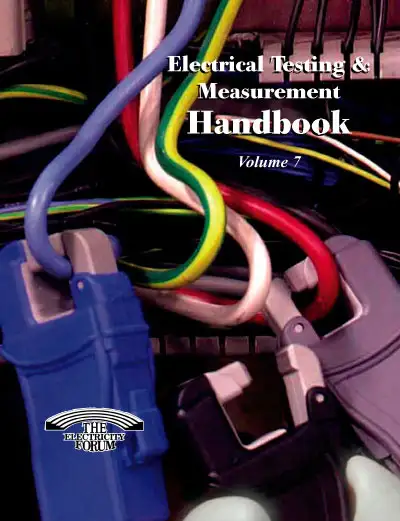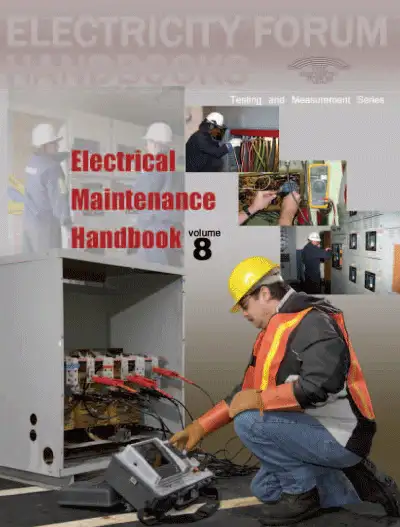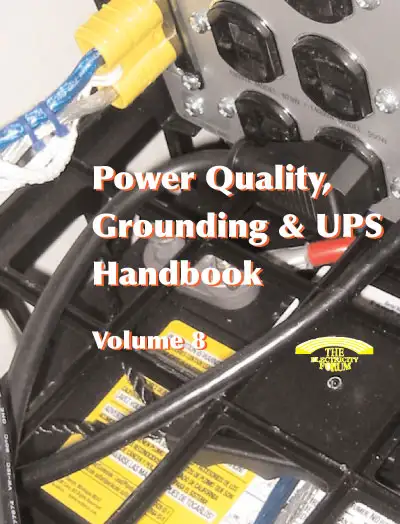How to Test a Contactor Explained
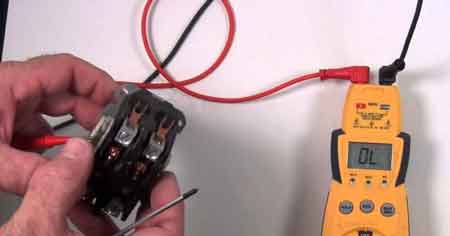
How to Test a Contactor is a critical procedure in diagnosing and ensuring the reliability of electrical systems, especially in air conditioning and heating applications. When they fail, they can cause system breakdowns, continuous running, or intermittent performance, which can be costly and unsafe. Testing allows electrical workers to verify its operational integrity, pinpoint potential issues, and determine if a replacement or repair is necessary. This article outlines a clear, step-by-step approach to safely and accurately test a contactor using a multimeter, empowering workers to maintain efficient and dependable equipment performance.
Understanding the Purpose of a Contactor
It is a device used to manage electrical flow within a system. In air conditioning units, it regulates the connection between various components, like compressors and fans, to control cooling and heating. When the unit is powered on, it responds to a low-voltage signal, activating a magnetic field that enables higher-voltage connections. There are two primary types of contactors: single-pole and double-pole. Single-pole types have one magnetic coil for one circuit, while double-pole ones include two coils for dual-circuit connections. Recognizing these distinctions is important for accurate testing.
Symptoms of a Malfunctioning Contactor
A failing contactor may cause various operational issues, such as continuous running, clicking sounds, or visible wear and tear. Continuous running might indicate a stuck unit, causing the air conditioner to remain active. Clicking sounds can result from electric problems but could also point to thermostat or compressor issues. Additionally, physical damage, known as pitting, often occurs from temperature extremes or debris, potentially leading to functional failures over time. By identifying these symptoms early, electrical workers can take preventive actions before major malfunctions occur.
Steps to Test a Contactor with a Multimeter
Using a multimeter is a standard method for testing. Here is a step-by-step process to guide you:
1. Remove Power to the Line Side
Turn off power to the line (L) side. Detach each wire, keeping them organized for reattachment later. Removing power from this side minimizes risk and enables accurate readings.
2. Detach Wires from the Terminal Side
Similarly, disconnect the wires on the terminal (T) side. Ensuring all wires are removed will prevent interference with the readings during testing.
3. Activate the Control Switch
Turn the control switch to the "on" position, listening for a click and a hum. This sound confirms that the magnetic coil is engaging correctly.
4. Set Up the Multimeter
Connect the multimeter’s red lead to the ohm terminal and the black lead to the common terminal. Turn on the multimeter, then touch the leads together to confirm a 0-ohm reading.
5. Measure Line-to-Terminal Connections
To evaluate each line-to-terminal connection, place the red lead on L1 and the black lead on T1. A correct connection should show a 0-ohm reading. If the reading varies, it suggests an issue with that segment.
6. Verify Coil Activation
Engage the control switch to test the coil. The absence of an audible click could mean the coil is not receiving proper voltage or is defective.
7. Voltage Measurement
To measure voltage, switch the multimeter to the voltage setting, placing the red lead to the volts terminal. Power the coil, and check each connector for the correct voltage. This step confirms the coil’s voltage integrity.
8. Resistance Testing on the Coil
After removing coil wires, switch the multimeter to the ohms setting. Place each lead on the coil’s connectors; the expected reading should fall between 10 to 100 ohms. A lower or higher reading indicates a potential defect in the coil.
If the testing reveals issues with the contactor or coil, replacing the faulty parts can restore the system’s reliability and efficiency. A functioning device ensures the electrical flow in air conditioning systems remains stable, supporting both performance and energy efficiency.
On-Site Training
Interested in cost effective, professional on-site electrical training?
We can present an Electrical Training Course to your electrical engineering and maintenance staff, on your premises, tailored to your specific equipment and requirements. Click on the link below to request a Free quotation.
EF PARTNER MEDIA
Product Showcases
Shared Media

